#roman culture
Text

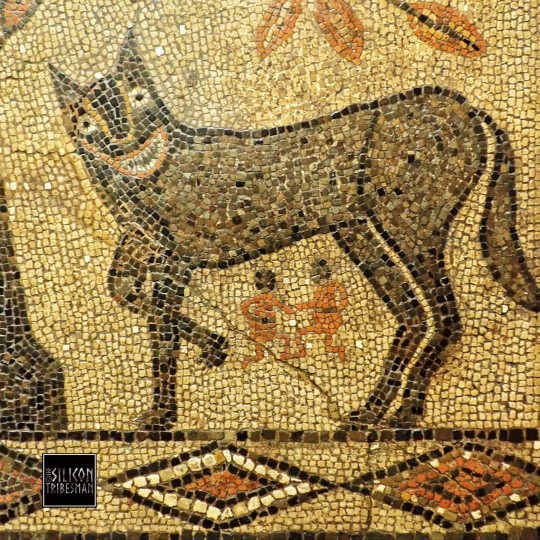

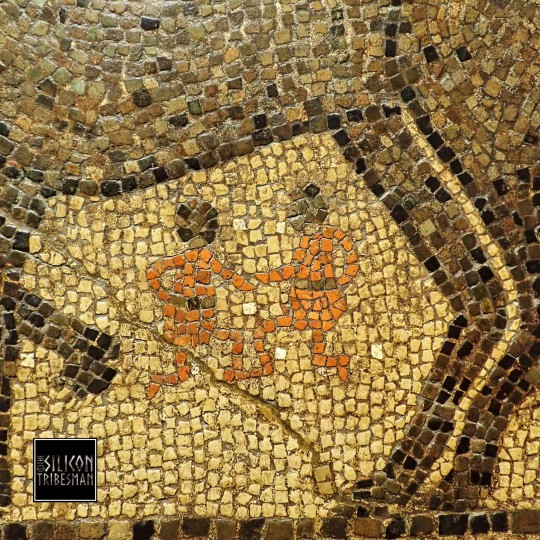
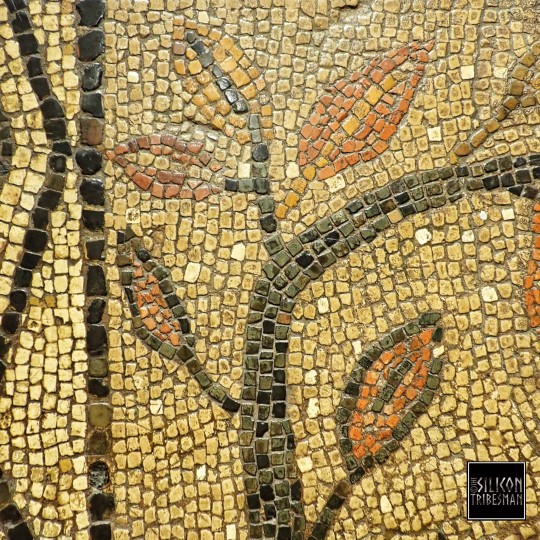
The Wolf and Romulus and Remus Mosaic, Roman Aldborough, North Yorkshire, 300-400CE, Leeds City Museum.
This panel formed the centrepiece of a large mosaic floor constructed in the Roman town of Isurium Brigantum, now Aldborough in North Yorkshire. The mosaic depicts the legend of Romulus and Remus. They were abandoned in the River Tiber but washed ashore where they were fed by a she-wolf.
#romulus and remus#she wolf#roman#roman myth#romans#roman culture#roman villa#roman mosaic#roman craft#roman britain#ancient living#ancient craft#ancient cultures#relic#archaeology#artefact#roman empire#mythology#roman living
800 notes
·
View notes
Text

Bronze portrait bust of a man
Roman
ca. 50 BCE-54 CE
#ancient art#ancient people#statue#bust#roman art#roman culture#antiquities#ancient history#classical art#classical sculpture#ancient sculpture#ancient statue#sculpture art#aesthetic#beauty#art history#aesthetictumblr#tumblraesthetic#tumblrpic#tumblrpictures#tumblr art#tumblrstyle#artists on tumblr
88 notes
·
View notes
Text
Random Fact #6,529
One of the first questions the Romans would ask new cultures they came across was “Who are your gods?”.
They would then send statues of those gods to Rome to be put in a building called the Pantheon so the gods could be worshipped.
They even had a statue dedicated to unknown gods to avoid causing offence.
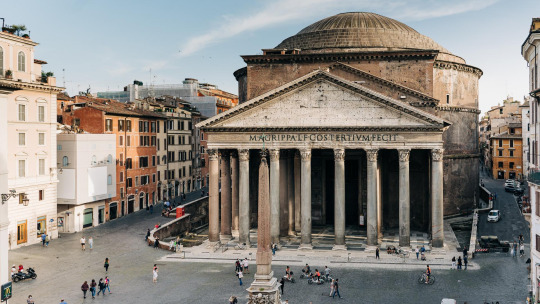
#little known fact#random fact#random facts#did you know#history facts#random factoids#random factoid#yes really#roman culture#ancient rome#pantheon
48 notes
·
View notes
Text
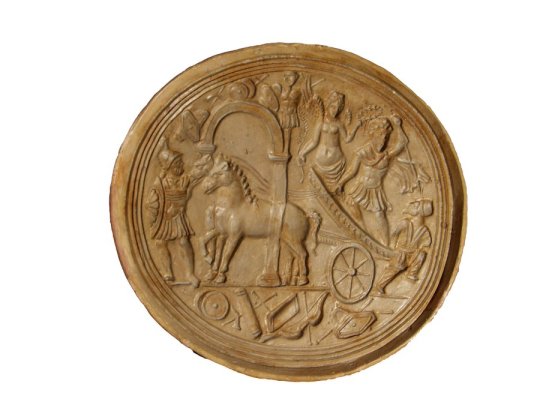
Although today we have mostly marble statues and exquisite cameos left of the portrayals of the emperors, their images were in fact ubiquitous throughout the empire, like in this cookie mould celebrating the triumph of Marcus Aurelius.
#roman empire#ancient rome#marcus aurelius#cookie mould#roman culture#think the way queen's picture on cheap plates sold to tourist quality
53 notes
·
View notes
Text




The Roman Empire at present day, if it had not fallen. To view more of my Digital Creations, ❤️ my Instagram here: https://www.instagram.com/historythatneverhappened
#alternate history#roman literature#roman culture#roman#latin#ai generated#ai artwork#ai art#ai image#artificial intelligence#technology#machine learning
18 notes
·
View notes
Text
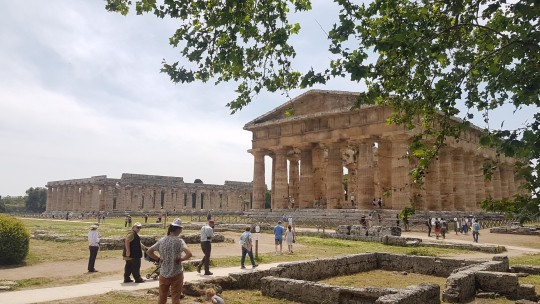
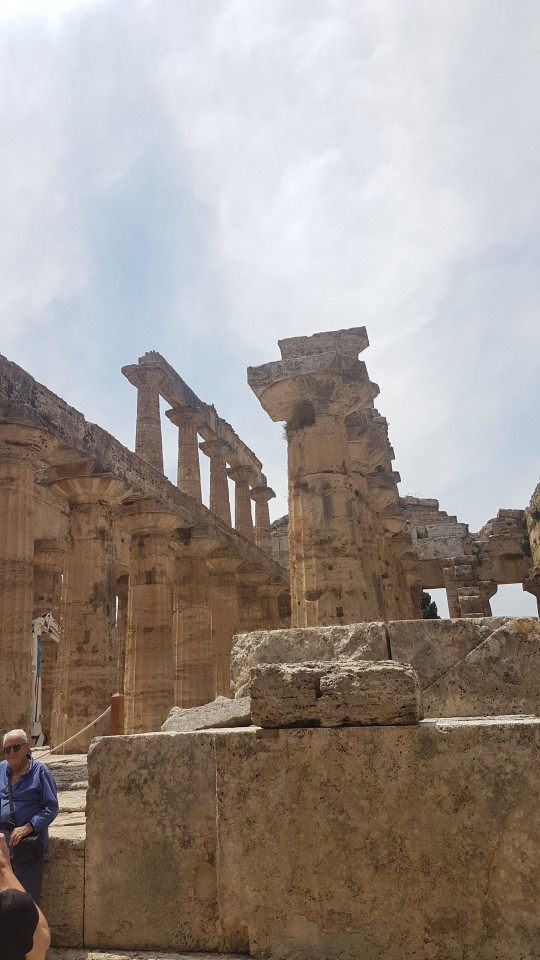


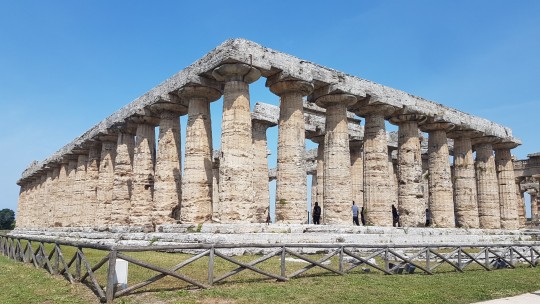
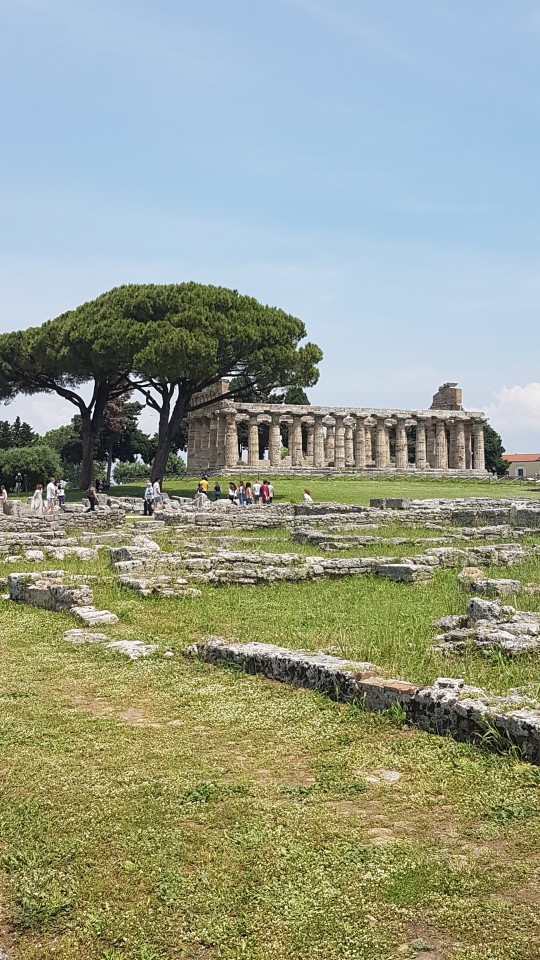
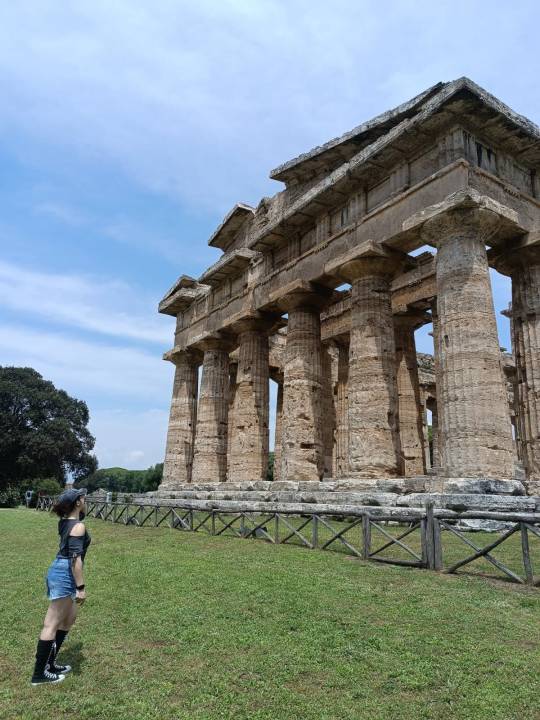



One hour away from Naples, there's a little Athens.
Paestum (SA), Italy~
#greek culture#greek ruins#greek mythology#poseidonia was the greek name of the city#Paestum#roman ruis#Italy#roman history#Roman history#Roman empire#roman culture#ruins#Italia#storia romana#rovine romane#cultura greca
46 notes
·
View notes
Note
I'm not the same person as the one who asked about Thracia, but, if it's not much trouble: I've heard people talk about local cults of Ares in many Ancient Greek towns (obv. not in Athens, but you know that haha)... would you call Ancient cults of Ares agricultural rather than war cults, aside from Sparta? Or was there an aspect to Ares people tend to forget about that drove people to devote to an unpopular deity, aside from some sort of apotropaic function? Thank you!
Surely we have to remember that the Ancient Greek "world" was much larger and many different realities occured in it simultaneously. We usually examine everything through the lens of Athens and south mainland Greece at best but things could be a lot different in remote or distant regions, separated by seas and mountains.
Ares was overall mostly perceived as a god of war but in Anatolia he was often perceived also as a hero and an oracle, ultimately viewed more positively than in south Greece. Ares was also more loved in more northern Greece, particularly in Epirus and Thessaly. Ares was also worshipped more in places that were often suffering from pirate attacks. I wasn't able to find sources about him having an agricultural aspect though.
The Roman Mars was a patron of agriculture instead and Mars is equated to Ares but they are not identical. For example, Mars had a far more important role in the Roman pantheon, being one of the most worshipped gods , unlike how most Greeks viewed Ares. So it makes sense that Romans relied on mighty Mars to protect their crops, since they valued him this much (war and agriculture, the foundation of Rome's power?). For Greeks it would not make as much sense to attribute the crops protection to the temperamental and ferocious Ares.
#greece#ancient greece#greek mythology#ares#roman mythology#mars#mythology#greek culture#roman culture#anon#ask
29 notes
·
View notes
Text
ᴛʏᴘᴇs ᴏғ 𝐀𝐍𝐆𝐄𝐑 ɪɴ ᴀɴᴄɪᴇɴᴛ ɢʀᴇᴇᴄᴇ ᴀɴᴅ ʀᴏᴍᴇ
In both Ancient Greek and Latin literature we can find three types of anger. Even if they can seem similar they differ from each other mostly for what causes them; whereas in latin these three angers are connected and are the source of one another, in greek they are separated and are caused by different things.
Lets see them:
μῆνις (mênis): wrath, anger that lasts. The same anger Achilles feels in the opening of the Iliad.
ὀργή (orgē): fury, caused voluntary; thanks to drugs and alcohol the use of reason is lost. Characteristic of bacchantes (maenad): in their Dionysian rituals they assumed narcotic substances. From this word also comes the word "orgy".
χόλος (chòlos): momentary anger. From this word comes the word "colon".
Seneca recognise three stages that lead to anger:
rabies: momentary anger. (My sibling eats the last slice of pizza, my slice of pizza, I'm angry because of that, but after some time I'm not angry anymore)
ira: anger that lasts. (I'm still angry with my sibling for eating my slice of pizza, I will make 'em pay for what they did)
furor: loss of reason, caused by lack of control (I'm too angry, I can’t control my self, how my sibling dared to eat my pizza?!? I k!ll them for what they did)
They form from the deponent verb irascor.
(no sibling has been hurt in the making of this post)
If you liked this post you may also find this interesting:
#ancient greek literature#ancient greek culture#ancient rome#latin literature#types of anger in ancient greece an rome#anger#writeblr#learning#roman culture#bookblr#spilled words#words words words#writing inspiration#writing inspo#ancient greek language#dark academia#light academia#academia aesthetic#spilled feelings#bookworm#achillies#achilles lamenting the death of patroclus#new words#latino#latin#rome
196 notes
·
View notes
Photo



(via "roman centurion" Essential T-Shirt for Sale by bukajart)
#findyourthing#redbubble#mid century#history#histoire#roman#we came as romans#roman centurion#roman culture#digital art#digital drawing#artists on tumblr#my art
3 notes
·
View notes
Text



Some Roman Laws (Lex Julia) just to be completely different.
5 notes
·
View notes
Photo
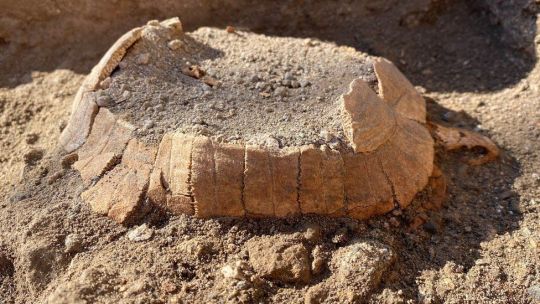
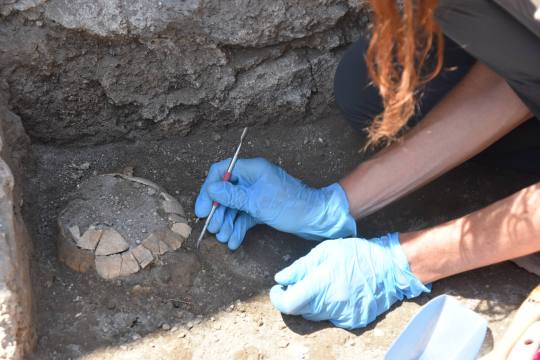



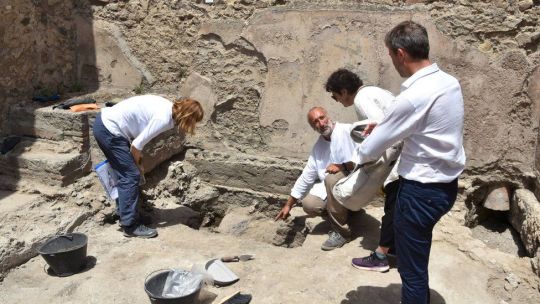
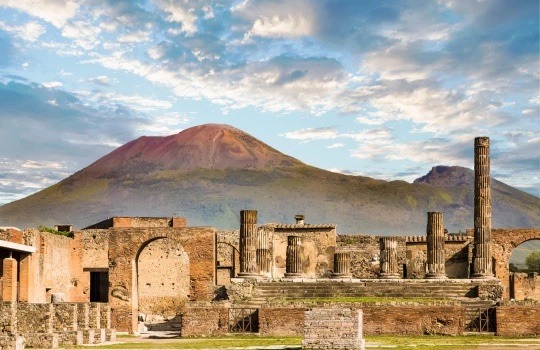
Ancient Tortoise and Her Egg Discovered in Pompeii
When Mount Vesuvius erupted nearly 2,000 years ago Pompeii's ancient residents were frozen in place by ash.
So too it turns out were the city's flora and fauna - including a pregnant tortoise with her egg.
Archaeologists found the reptile's remains buried under ash and rock where it had lain undiscovered since 79AD.
The tortoise was sheltering beneath an already-destroyed building when volcanic disaster struck.
Archaeologists found the remains while excavating an area of the city that its ancient inhabitants had been rebuilding after an earlier earthquake devastated Pompeii in 62AD.
Around 2,000 years ago the 14cm (5.5in) tortoise had burrowed into a tiny underground lair beneath a shop destroyed in that earlier quake.
Experts say the fact it was found with an egg suggests it was killed while trying to find somewhere peaceful to lay its offspring.
Oxford University archaeologist Mark Robinson, who discovered the remains of another tortoise at a nearby Pompeii site in 2002 said there were two explanations for how the reptile had got there.
"One is that it is a pet tortoise that possibly escaped and made its way on to what were the ruins of the great earthquake," he said.
A likelier possibility is that it was a tortoise from the nearby countryside that had wandered into the ancient city, he said.
"Pompeii was substantially wrecked and not everywhere could be rebuilt after the earthquake. The flora and fauna from the surrounding countryside had moved into the town."
Experts say the discovery illustrates the richness of Pompeii's natural ecosystem in the period after the earthquake.
"The whole city was a construction site, and evidently some spaces were so unused that wild animals could roam, enter and try to lay their eggs," said Pompeii's director general, Gabriel Zuchtriegel.
One visitor to Pompeii, a Finnish PhD student who happened to be passing by the site when the discovery was made, described what he saw as "spectacular."
"They had just removed the shell of the animal, so what was visible was the skeleton and the egg," Joonas Vanhala said. "It was a light-brown, sandy colour."
"I wouldn't have recognised it as an egg if they hadn't told me," he added.
By Leo Sands
#Ancient Tortoise and Her Egg Discovered in Pompeii#Mount Vesuvius#archeology#archeolgst#science#scientists#ancient artifacts#history#history news#ancient history#ancient culture#ancient civilizations#roman history#roman culture#roman empire
71 notes
·
View notes
Text




Victoria Road Roman Pavement from Corinium Museum, Cirencester.
Part of a much larger pavement; twelve octagonal panels would have existed but only three survive today.
#romans#roman empire#roman britain#roman mosaic#mosaic#roman#roman culture#roman society#roman living#Corinium#Cirencester#roman art#roman crafts#ancient cultures#ancient living#archaeology#relics
189 notes
·
View notes
Text
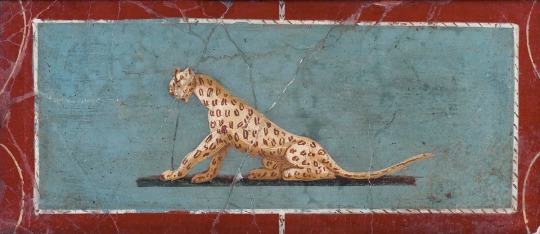
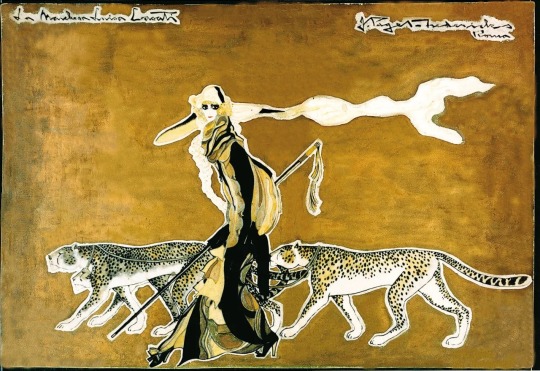

Panther depicted in the Roman fresco from the Villa of Cicero (Villa di Cicerone) in Pompeii (1-79 AD),
Joseph Paget-Fredericks, The Marchesa (Luisa Casati) walking her pet cheetahs, ca. 1940s
The nereid on a sea-beast/sea-panther, Roman, Pompeii, 1st H. 1st cen. AD.
#luisa casati#panthers#big cats#muses#Joseph Paget-Fredericks#roman art#pompeii#ancient art#fresco painting#fresco#ancient rome#roman culture#art history#paris france#parisian#french history#modern art#aesthetictumblr#tumblraesthetic#tumblrpic#tumblrpictures#tumblr art#aesthetic#tumblrstyle#beauty
25 notes
·
View notes
Text






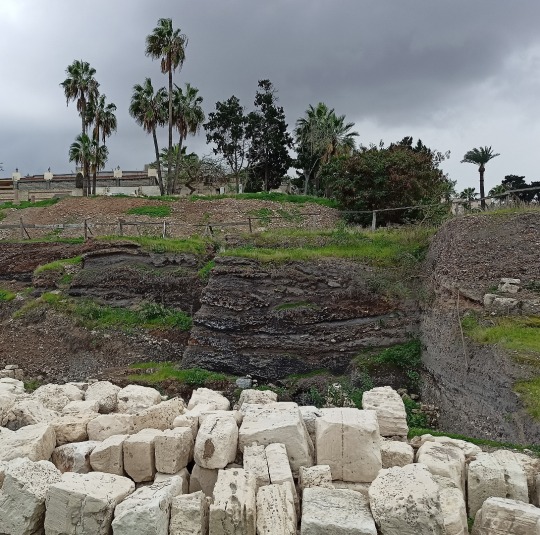



Roman Theater, Alexandria 💚
#my photos#photography#roman theater#alexandria#Egypt#Roman Theater Alexandria#alex#photos#تصويري#صوري#المسرح الروماني#الإسكندرية#مصر#monuments#roman culture#morning#winter#الشتاء#تصوير فوتوغرافي#تصوير#صور#الصباح#beauty#old#lovely#green and white#theater#مسرح#trees#clouds
2 notes
·
View notes
Photo
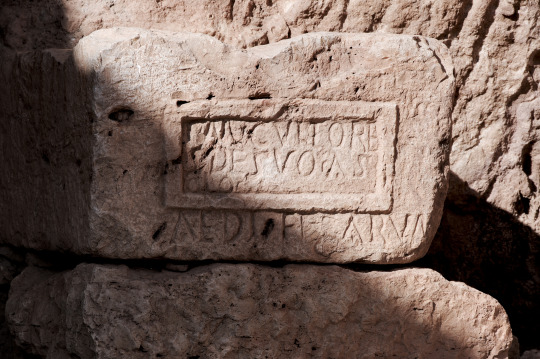
Latin inscription carved in stone - Tiddis, 2022
#picofthenight#travel#algeria#original photographers#photographers on tumblr#ancient art#inscription#latin language#archeology#roman ruins#roman culture#photoofthenight
20 notes
·
View notes
Text

Remember that Greek and Roman art continues to be both figuratively and literally whitewashed.🎨
👩🏻🎨🏺👨🏼🎨
#history#sculptures#ancient greece#ancient rome#art#renaissance#color#statue#ancient greek art#art history#ancient roman art#western culture#ancient greek history#roman empire#intellectual#ancient art#europe#ancient greek culture#renaissance history#roman culture#paint#ancient#western society#artists#roman history#renaissance artists#nickys facts
18 notes
·
View notes